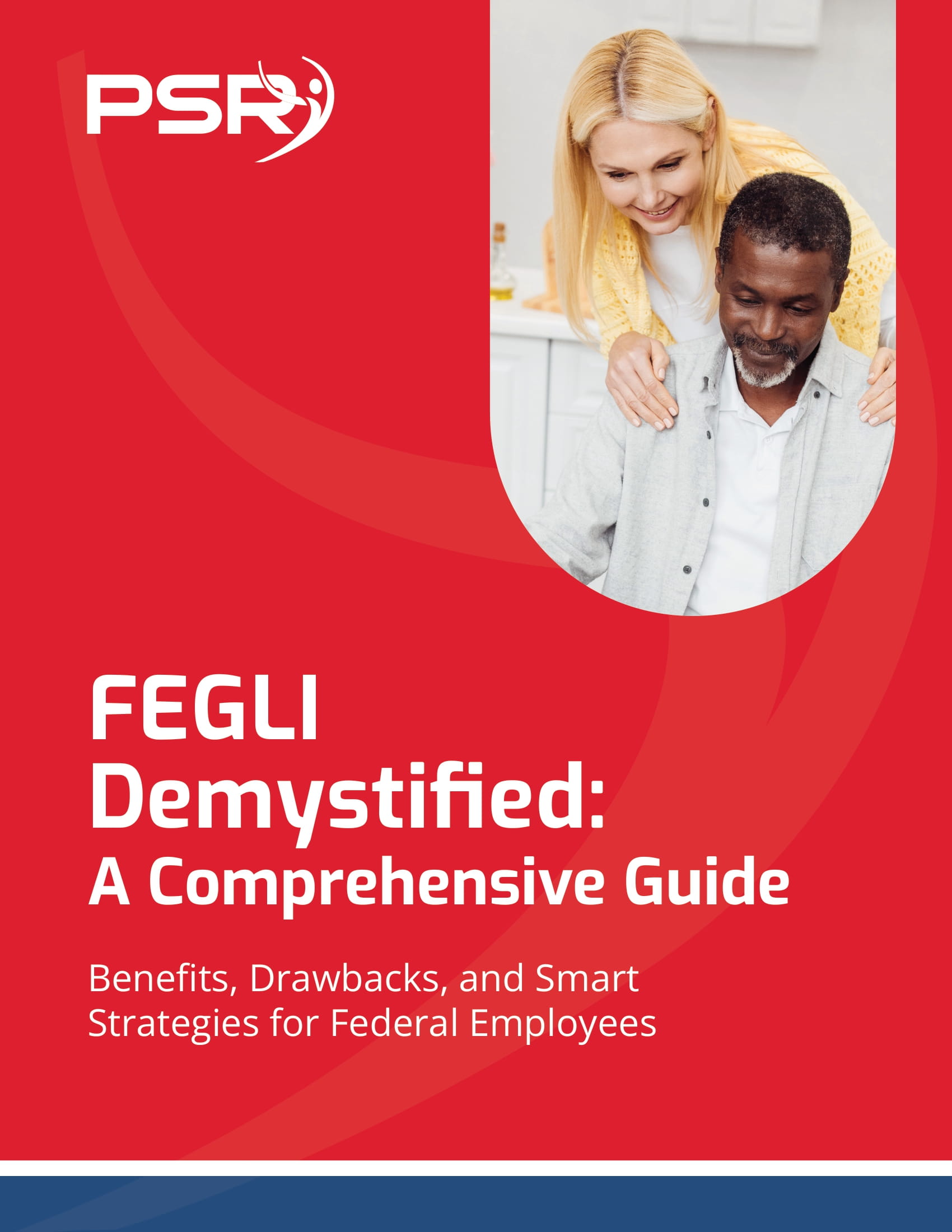Key Takeaways
-
In 2024, federal employees close to retirement need to prioritize understanding how their benefits and financial options can maximize their future income.
-
Timing your retirement is crucial. Get familiar with all the benefits available to ensure you leave on your terms, financially secure and confident.
Get Ready: Your Federal Retirement Benefits Are Changing in 2024
If you’re thinking about retiring soon, it’s essential to get a clear handle on your benefits. You’ve spent decades building your career, paying into your retirement plans, and now, 2024 is the year to make it all pay off. But don’t rush it. You need to fully understand everything you’re entitled to as a federal employee. That’s why I’m laying out the best advice for retirement, specifically for you, as a public sector worker nearing the end of your service.
Take Stock of Your FERS Benefits
- Also Read: What Happens to Your Federal Benefits After Divorce? Here’s the Lowdown
- Also Read: The Best FEHB Plans for 2025: Which One Fits Your Lifestyle and Budget the Best?
- Also Read: Special Retirement Options for FAA and LEO Employees: Are You Taking Advantage of What’s Available?
The Federal Employees Retirement System (FERS) covers the majority of federal workers, and if you’re one of them, this is where most of your retirement income will come from. FERS includes three major parts: your Basic Benefit Plan, Social Security, and the Thrift Savings Plan (TSP).
You can start receiving your FERS pension as early as age 62 if you have at least five years of service. However, if you’ve got 30 years under your belt, you can retire at your Minimum Retirement Age (MRA), which for most is between 57 and 58.
Now, here’s the thing: if you’ve been contributing to the TSP, that’s where some real retirement flexibility comes in. Unlike your FERS pension, which pays out a fixed amount, your TSP allows you to adjust your withdrawals based on your needs and the market performance. Don’t underestimate this option—it’s going to be a critical part of how you manage your money in retirement.
Don’t Overlook Social Security
When it comes to Social Security, timing is everything. You can claim benefits as early as 62, but doing so will permanently reduce your payments. Full retirement age (FRA) is between 66 and 67 for most of us, and waiting until then, or even longer, can bump up your monthly checks. If you’re retiring under FERS, keep in mind that your pension will integrate with Social Security, meaning the government calculated your retirement income with both streams in mind.
One note for 2024: if you’re a CSRS employee (and I know there are fewer of you still around), remember that Social Security works a little differently. The Windfall Elimination Provision (WEP) might reduce your Social Security benefits, especially if you’ve worked a lot of non-federal jobs.
The TSP: Your Most Flexible Friend in Retirement
The Thrift Savings Plan (TSP) is, without a doubt, one of your most powerful retirement tools. You’ve been contributing to it throughout your career, but now it’s time to start thinking about how you’ll withdraw from it.
In 2024, TSP contribution limits have increased. You can contribute up to $23,000, with an additional $7,500 catch-up contribution if you’re over 50. This bump allows you to pack more away during your final working years. When you retire, your TSP can be withdrawn as a lump sum, monthly payments, or you can purchase an annuity. Most people find a mix of options works best, giving them a blend of guaranteed income and flexibility.
A good rule of thumb is to stick with the monthly withdrawal plan initially. This way, you can see how your expenses shake out in those first few years of retirement. Many financial advisors recommend a withdrawal rate of about 4% per year to ensure your money lasts, but in reality, you need to adjust this based on how the markets perform.
One of the best parts about TSP? Low fees. So even though you’re no longer contributing, your investments can still grow.
Health Insurance: Keeping Coverage After You Retire
Let’s talk health insurance because it’s a big one for federal employees. The Federal Employees Health Benefits (FEHB) program offers some of the best healthcare coverage around, and thankfully, you can keep this coverage into retirement.
In 2024, FEHB premiums have increased by 13.5%. If you’re already coordinating your FEHB with Medicare, you’re probably still in pretty good shape. However, for those who haven’t yet hit Medicare eligibility, you’ll want to consider how your healthcare costs may rise.
When you turn 65, you’ll likely need to enroll in Medicare Part B to keep your FEHB. It’s worth it because the combination of Medicare and FEHB can give you nearly full coverage, minimizing out-of-pocket costs.
Timing Your Retirement: Why the Date Matters
It’s not just about how long you’ve worked, but also when you retire that can affect your benefits. Let me explain why. If you retire at the end of a year, you might get a boost to your lump-sum payout for any unused annual leave, which is paid at your full salary rate. This could help you enter retirement with a little extra cash.
The FERS COLA (Cost-of-Living Adjustment) for 2024 is set at 2%, which is solid but could be impacted by inflation in future years. Timing your retirement around COLA adjustments might seem small, but it could make a difference, especially if you’re retiring on a fixed income.
Survivor Benefits: Planning for Loved Ones
If you’re married, you’ll need to think about survivor benefits. The standard option reduces your pension by 10% in exchange for giving your spouse 50% of your pension if you pass away first. There’s also a smaller option, which reduces your pension by 5% and gives your spouse 25% of your pension.
One mistake some retirees make is opting out of this entirely to increase their pension payments. But if your spouse is relying on your income, it might be risky. Balancing your pension with life insurance (if you have it) is another option to ensure your spouse is covered.
Federal Long-Term Care Insurance Program (FLTCIP)
No one likes to think about the possibility of needing long-term care, but it’s something you should plan for. The Federal Long-Term Care Insurance Program (FLTCIP) offers policies that help cover costs for nursing homes, assisted living facilities, and home care.
If you’re not already enrolled, consider signing up as soon as possible. Premiums go up with age, so it’s better to lock in a policy earlier rather than waiting until you’re older when the costs can be much higher.
Maximizing Retirement: Your Checklist for 2024
Now that we’ve covered the basics, let’s summarize the key points you should keep in mind as you prepare to retire:
- Know your retirement timeline: Understand your MRA and plan your departure date strategically.
- Get clear on your Social Security benefits: Decide when you’ll start collecting to maximize your monthly income.
- Create a TSP withdrawal plan: Look at your balance and decide how you’ll take your money out.
- Coordinate FEHB and Medicare: Ensure you’re getting the best coverage for the lowest price.
- Set up survivor benefits: Protect your spouse by setting up survivor annuities or life insurance.
- Consider long-term care insurance: Protect yourself from potential high costs in the future.
Make the Most of Your Federal Retirement
You’ve worked hard, and now it’s time to enjoy the fruits of your labor. But a successful retirement doesn’t just happen by chance—it requires careful planning and smart decisions. From choosing the right time to retire to understanding your benefits, every step matters. By focusing on these critical areas in 2024, you can walk away from your federal job with confidence, knowing that your future is secure.













